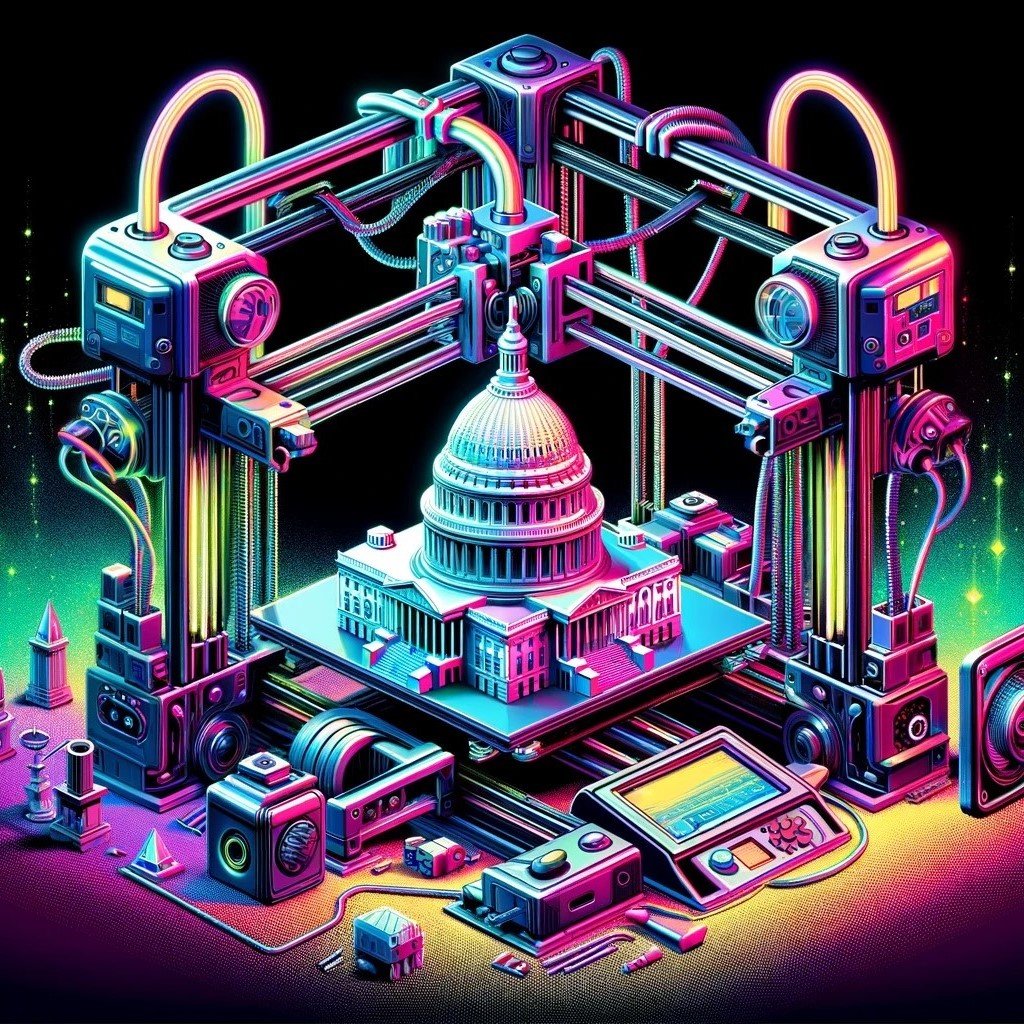The House Clerk developed and launched the Comparative Print Suite project to enhance transparency of changes made to the US Code.
Why This Matters
When crafting and passing legislation, it is crucial for both constituents and Members of Congress to grasp the effects of bills and amendments on existing laws and statutes. However, Congress faces significant technological challenges to efficiently comparing legislative changes. Often, amendments and edits are made manually, which makes it exceedingly challenging to guarantee that documents are completely current.
The process of crafting legislation takes expertise in order to ensure the bill has the legislator’s intended effect when implemented within standing US Code. Prior to the creation of the Comparative Print Suite, Members and staff had no technological capability to see how a piece of drafted legislative text would impact the US Code or how an amendment would impact the legislation line-by-line. Recognizing the usefulness of this type of technology to boost legislative effectiveness and efficiency, ModCom made recommendation #2, re-emphasizing Rep. Posey’s [R, FL] call for such a tool to be developed, for it to have additional capabilities, and to make it publicly available.
How It Happened
The Comparative Print Suite, also known as the “Posey Comparative Print Project,” is named for Rep. Bill Posey [R, FL] who introduced a House Resolution in 2009 to “[require] that a print comparing current law with the proposed law be made available to Members of Congress and the public for at least 72 hours before legislation can be considered.”
The Comparative Print Project was established in the House Rules for the 115th Congress (Rule XXI, Clause 12). Specifically, the Comparative Print Project was directed to complete three phases:
a document-to-document comparison
demonstrating how an amendment changes current law
demonstrating how an amendment changes an ongoing legislative proposal
During the 116th Congress, ModCom held a hearing, identifying possible areas of concern and recommending adjustments to the Comparative Print Project to ensure the tool’s transparency and efficiency. First, the Committee emphasized the need for this resource to be available for House-wide use (at the time, it was only available within the Office of Legislative Counsel). Second, ModCom recommended that resources be provided to train and support staff. The Committee tasked the Clerk’s Office, in partnership with the Office of Legislative Counsel, to develop training, and to anticipate challenges to ensure a smooth transition. This led to ModCom recommendation #2 to require the House to finalize a new system to easily track how amendments change legislation and the impact of proposed legislation to current law.
In October 2020, a beta version of the system underwent testing by a select group comprising thirteen members from five different committees and fifteen staff from the House Office of Legislative Counsel. By April 2021, the system had progressed to a phase where it could be evaluated by more than 100 staff members from various committees, with plans to expand further shortly thereafter. The Comparative Print Suite has since been made accessible to all staff within the House of Representatives behind the House firewall at compare.house.gov.
The Impact
The launch of the Comparative Print Suite for internal use by Members and staff is a notable accomplishment that empowers legislators with a better understanding of drafted legislation’s effects. It helps staff demystify the lawmaking process, and offers legislators the ability to enhance the quality of the US Code through updates and clarifications.
Next Steps
Although the Comparative Print Suite has recently become accessible for use by House Members and staff, the tool has yet to be released for use by the American public, which would fully implement both ModCom recommendation #2 and Rep. Posey’s [R, FL] initial intent for the project.
Glossary
ADA = Americans with Disabilities Act
AOC = Architect of the Capitol
CHA = Committee on House Administration
CAO = House Chief Administrative Officer
CDTF = Congressional Data Task Force
COLA = Cost-of-Living Adjustment
CPF = Community Project Funding
CR = Continuing Resolution
GAO = Government Accountability Office
GAO STAA = The Government Accountability Office’s Science, Technology Assessment, and Analytics team
GenAI = Generative Artificial Intelligence
HIRO = House Intern Resource Office
HDS = House Digital Service
LIS = Legislative Information Service
LLM = Large Language Model
MIA = Modernization Initiatives Account
ModCom = The House Select Committee on the Modernization of Congress
ModSub = Subcommittee on Modernization (ModSub) within the Committee on House Administration
MOU = Memorandum of Understanding
NMO = New Member Orientation
OCWR = Office of Congressional Workplace Rights

